The temperature of seawater varies with the amount of sun that hits that area. This includes the length of time as well as the angle of the sun's rays. The longer the time and the more direct the rays of the sun fall on the ocean, the greater the temperature of seawater. Thus, tropical areas that get more year-round sun and more direct sun (almost 90 degrees, straight down for most of the year at noon) have warmer surface waters than polar areas that may have no sun at all for several months each year and then very steep angles of the sun's rays (never directly overhead at noon). Knowing this about ocean water helps us understand that surface ocean temperatures are warm in the tropics (up to 30 or more degrees C) and cooler at the poles (down to -2 degrees C). But, when we look below the surface we find that the oceans are also vertically stratified and marine scientists recognize a basic three layered ocean - the upper mixed layer, the main thermocline, and deep (bottom) water.
The three layered ocean with the upper mixed layer (yellow), main thermocline (green), and deep (bottom) water (blue).
Seawater temperature affects marine organisms by changing the reaction rates within their cell(s). Although each species has a specific range of temperature at which it can live, the warmer the water gets the faster the reactions and the cooler the water the slower the reactions. An organism's response to water temperature is considered to be cold blooded (or poikilothermic) or warm blooded (homeothermic) depending on their ability to control their internal body temperature. If any species is moved out of its temperature tolerance range it may die in a short time although temperatures on the cool side of the range are easier for organisms to tolerate than temperatures on the warm side because cell reactions just slow down in the cold but may speed up over six times the normal levels for each 10 degrees C of heat.
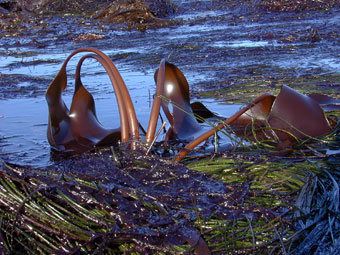 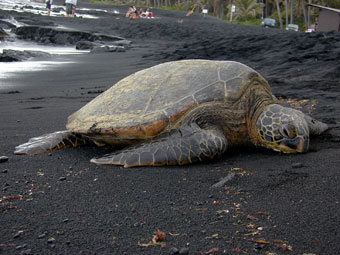 |
| Marine algae (left) and marine green turtles (right), a reptile, are cold blooded. |
Walruses and dolphins are warm blooded
Try this activity to see how it works
Learn more about ocean temperature changes
Here is a sea temperature challenge sheet
Changing Planet: Rising Ocean Temperatures – RisingSea Levels

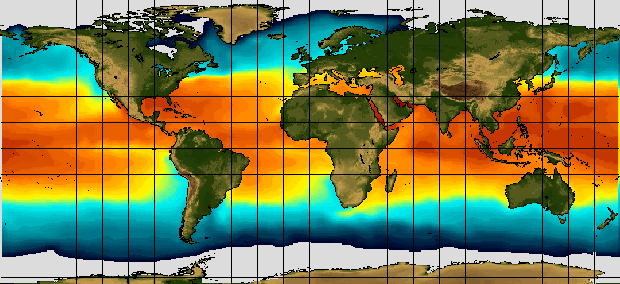
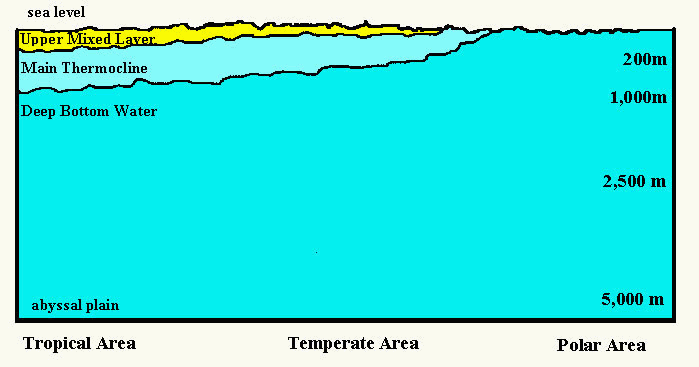
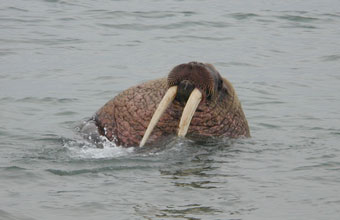
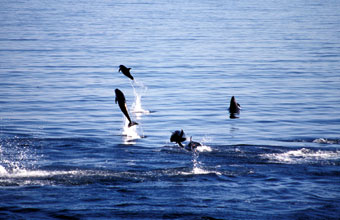
No comments:
Post a Comment